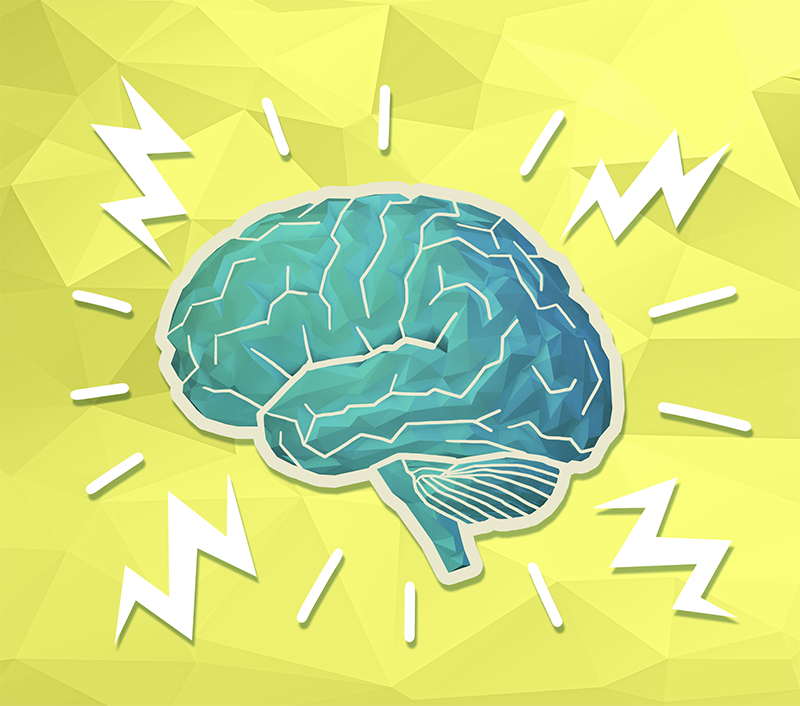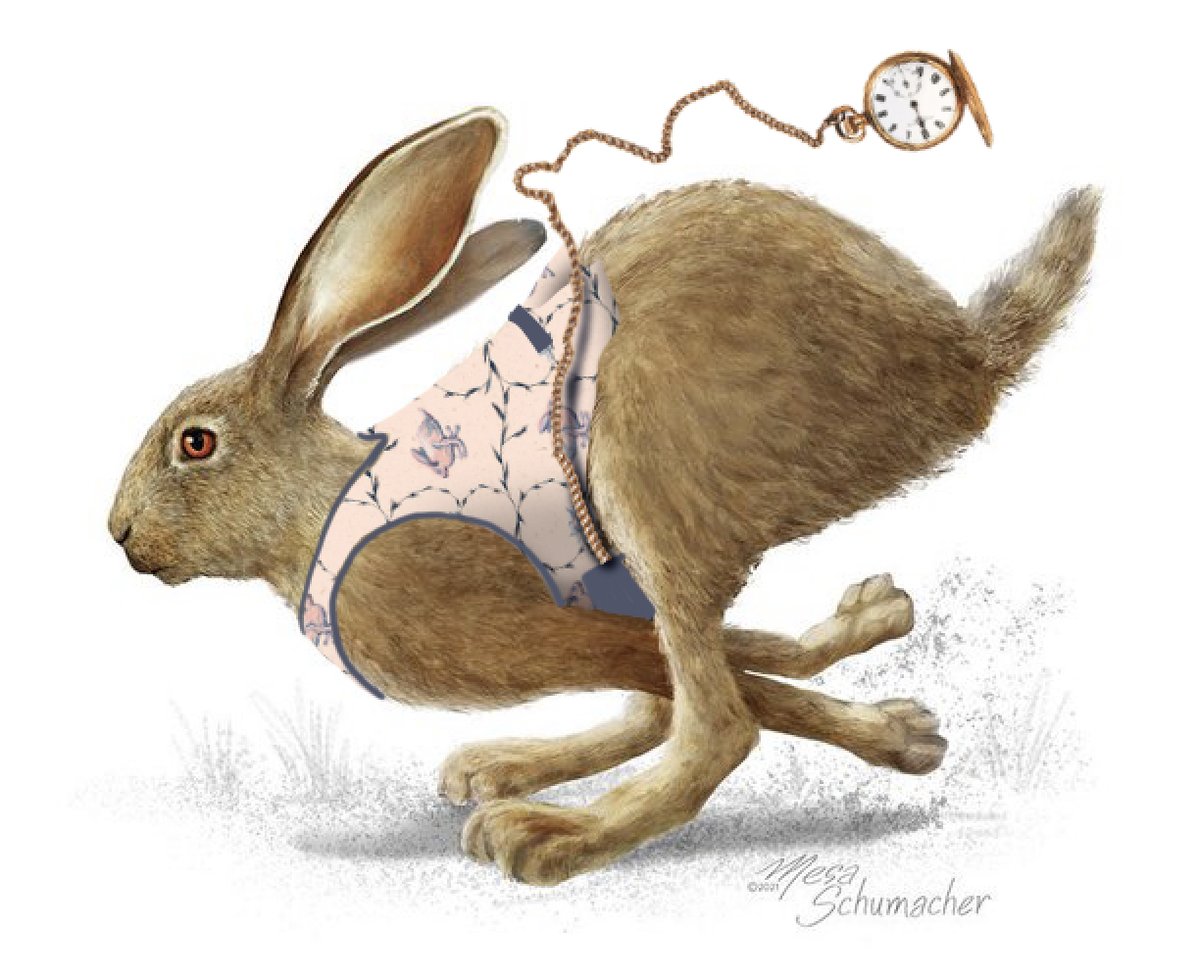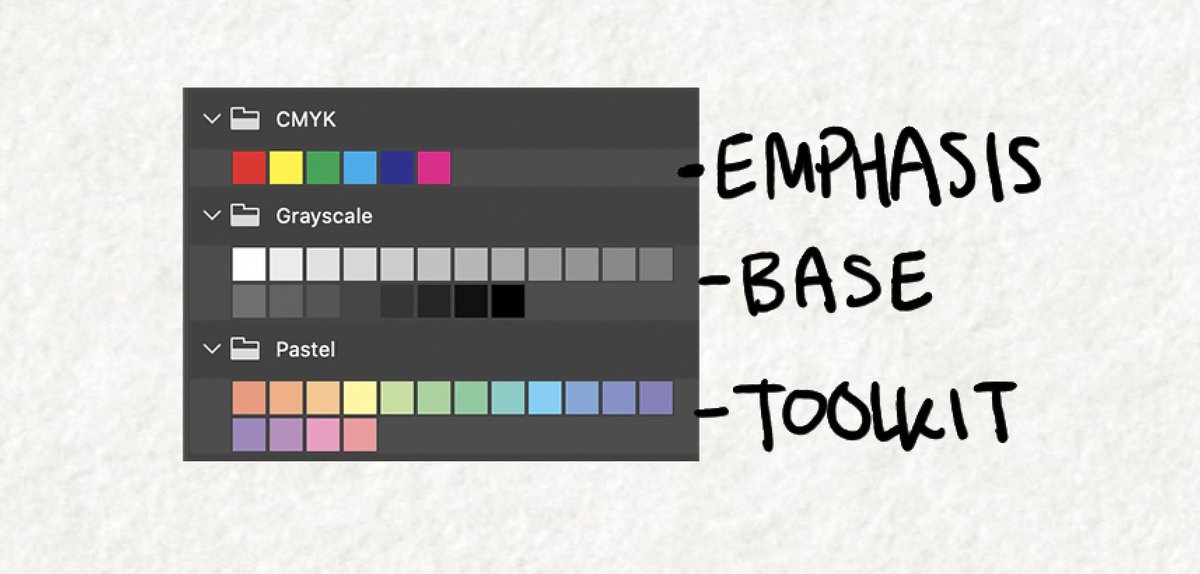
I'm a #sciviz freelancer...
Institutions & individuals contract me for help communicating science. I collaborate with researchers, designers, journalists, or comms to execute the right visuals for the audience.
This #sciart for @TheScientistLLC
Institutions & individuals contract me for help communicating science. I collaborate with researchers, designers, journalists, or comms to execute the right visuals for the audience.
This #sciart for @TheScientistLLC

On any given week I may be juggling:
Multiple Figs and visual abstracts
Journal cover submission
Patient ed animation
Biotech campagin storyboarding
Zoo sign species ID #illustrations
Helping craft a @NatGeo #infographic
Kids puzzles!
#Textbook graphics
Science #editorial
...
Multiple Figs and visual abstracts
Journal cover submission
Patient ed animation
Biotech campagin storyboarding
Zoo sign species ID #illustrations
Helping craft a @NatGeo #infographic
Kids puzzles!
#Textbook graphics
Science #editorial
...

I'm a generalist, with a #science and #medical background, and #editorial experience. So I communicate a wide range of #scicomm topics. My superpower is turning #data into #dataviz.
Many in my field are much more specialized! I'll tweet share colleagues work in a bit!
brb!
Many in my field are much more specialized! I'll tweet share colleagues work in a bit!
brb!

Image ALT TEXT: Hare running away, waring a vest and a pocket watch trailing from the pocket.
Image ALT TEXT: Low poly art style brain with lightening bolts coming out of it.
Image ALT TEXT: Recent image published by @TheScientistLLC depicting bacterial uptake by macrophages and dendritic cells, initiating an immune response.
• • •
Missing some Tweet in this thread? You can try to
force a refresh







